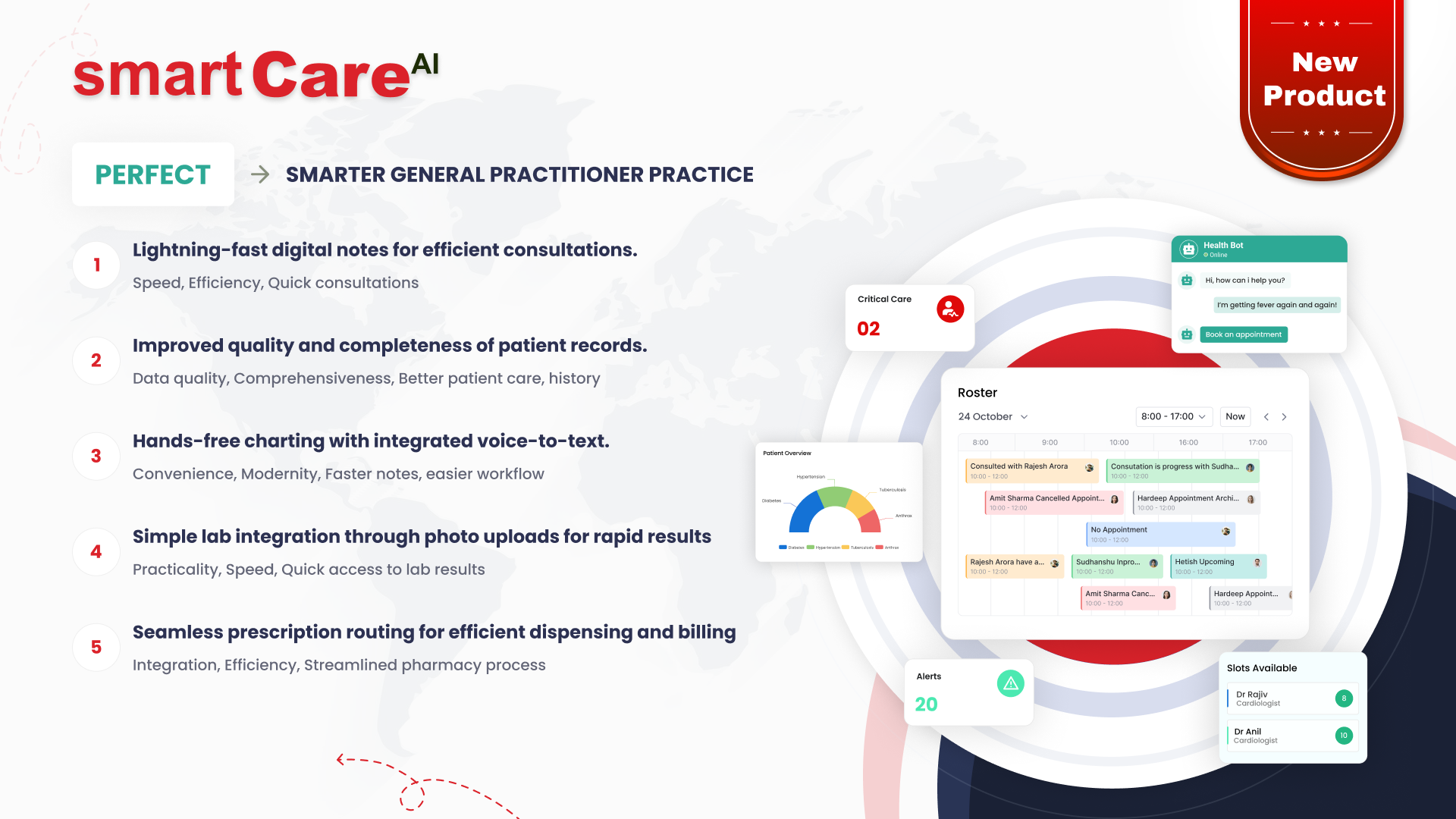Posted On January 7, 2025
Exploring the latest innovations in healthcare software development for 2024
Telemedicine & Virtual Care Platform
As technology continues to expand rapidly, Electronic Health Records (EHRs) are evolving with new features, including telemedicine, real-time data monitoring, and remote patient monitoring. These advancements help patients with chronic diseases avoid frequent visits to clinics or hospitals for data capture and consultations.
IoT Integration
IoT and wearable devices are enabling patients to monitor their vitals more efficiently while securely sharing data among healthcare providers. This technology also facilitates accurate fall detection, enhancing patient safety.
Natural Language Processing (NLP)
NLP features are improving the accuracy of EHRs by ensuring electronic records are correctly maintained. Additionally, they enable the migration of old paper-based records to electronic systems. This helps enhance care coordination and supports better decision-making based on digital data.
AI Bots
AI-powered chatbots are enabling virtual health consultations and symptom checks. These bots can handle basic health-related questions, reducing the administrative burden on healthcare professionals and allowing them to focus on more complex tasks.
Predictive Analytics
Predictive analytics is empowering healthcare providers to forecast patient health outcomes based on historical data. By identifying patterns, this technology allows for early intervention in potential health concerns. It can also detect early signs of chronic diseases, readmissions, and enable proactive care for patients.
AI-Driven Diagnostics & Clinical Decision Support
AI is assisting healthcare systems in analyzing medical images for quicker and more accurate diagnoses. Clinical decision support systems help healthcare providers make informed decisions, offering more personalized care to patients.








